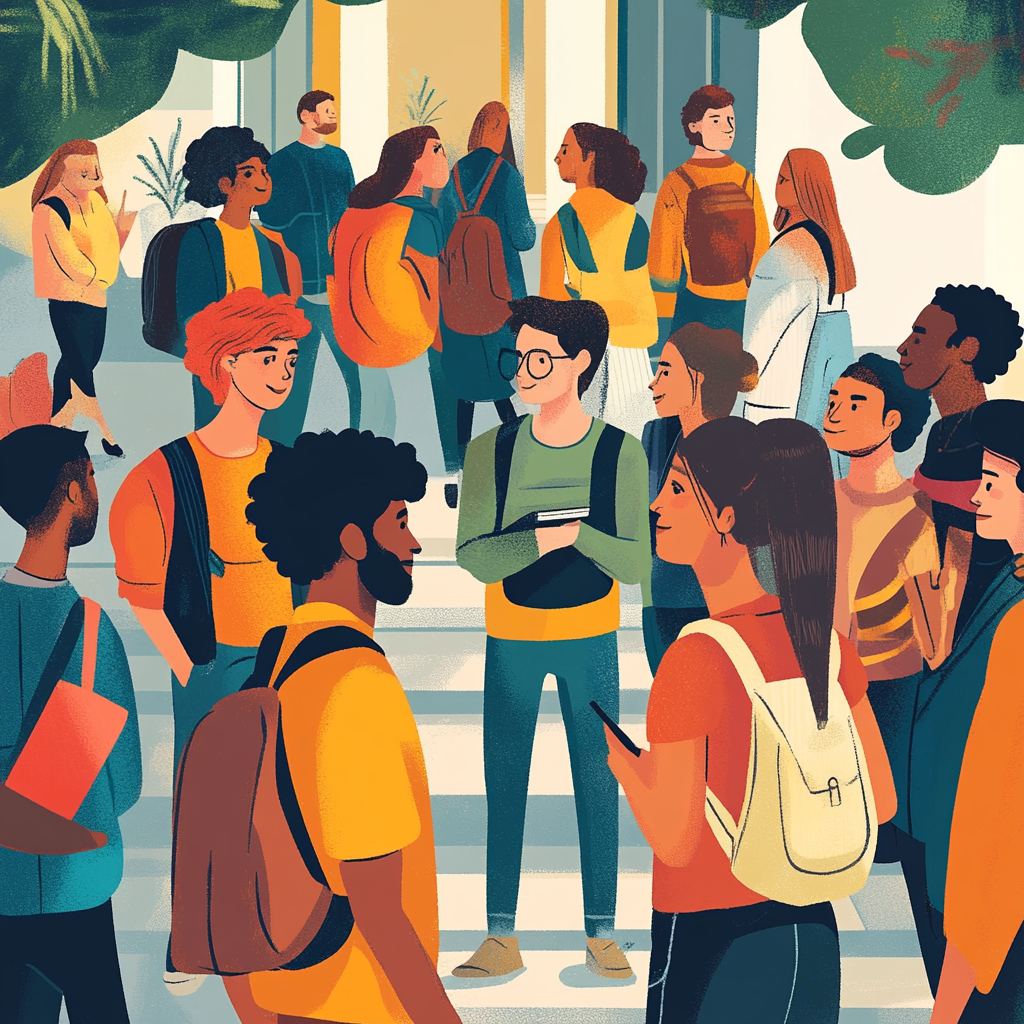College Campuses Are Becoming More Diverse. But How Much Do Students from Different Backgrounds Actually Interact?

BlueSky Thinking Summary
Nicole Stephens et al.
studied the effect of diversity on campus during university interactions and student outcomes, had highlighted the fact that while campuses are said to be diverse habitats, the actual students' interactions, both cross-race and cross-class, are rather low compared to the predictions based on chance.
The primary cause for this is homophily where individuals relate mainly with people who are like themselves, thus minimizing the possibility of actual intergroup encounters.
Initially awkward, these experiences lead to academic and social payoffs;
the underrepresented student performs better with an increased sense of belonging.
These spaces offer opportunities for the acquisition of much-needed cultural capital and reduce alienation from strange college environments.
The author concludes by emphasizing the call to have institutional programming around random grouping in dorms or on projects to create naturally occurring diversity interactions that will support the potential benefits to be gained from an education.
This can help professionals in diverse workplace settings understand such dynamics by providing them with know-how on strategies to improve organizational outcomes and practices of inclusion.


